Cracking the Code on Cold Weather Customization
The Right Transfer for the Right Layer: From hoodies to heavyweight jackets, match your substrate with the ideal transfer for durability, comfort, and long-lasting results.
Cold weather is almost here and that means one thing for decorators: fall and winter gear is in high demand. Jackets, hoodies, crewnecks, and even accessories like umbrellas, ponchos, and insulated totes are suddenly your canvas for bold, eye-catching designs.
Thicker fabrics, technical coatings, water-resistant finishes, and heat-sensitive materials all change the game. Knowing which heat transfers to use is key to keeping your designs flawless all season long.
The Complete Guide to Printing on Cold Weather Apparel Fabrics
Cold Weather Wearables
Insulated Jackets / Puffer Jackets
➤ Recommended Transfer: colorVIBE Hybrid or colorVIBE DTF
💡 Most puffers and insulated jackets are made with nylon and often treated with water-resistant coatings. These surfaces can make adhesion tricky for standard plastisol transfers. A digital or digital hybrid option is best because it can bond at lower temperatures and conform to the slick surface while still delivering sharp detail. Use a pressing pillow to even out pressure across seams and puffer channels, and always test press a small area before production.
Softshell Jackets
➤ Recommended Transfer: colorVIBE Hybrid w/ Dye-Block
💡 Softshell jackets are commonly treated for water resistance, requiring a transfer with aggressive adhesion. These jackets are also prone to dye migration, where the fabric’s color can bleed into your transfer over time. A hybrid transfer with dye-block creates a barrier to stop migration, keeping whites crisp and colors accurate. Always test adhesion before running a full order.
Fleece Jackets & Vests
➤ Recommended Transfer: Howard Multi-Purpose
💡 Fleece has a textured surface that can make prints look uneven if the wrong transfer is used. Plastisol transfers sit down into the fibers, creating an embedded look that feels natural without crushing the pile flat. Use a silicone cover sheet during application to protect the fabric texture, and stick with bold, simple designs for maximum clarity on the fuzzy surface.
Hoodies (Pullover & Zip-Up)
➤ Recommended Transfer: Howard Multi-Purpose for bold color or Puff for trendy, raised logos
➤ Pro Tip: Plastisol transfers are the best way to match the soft, retail-quality look and feel that customers expect from custom hoodies. Howard Multi-Purpose transfers bond smoothly without adding bulk, creating a finish that looks embedded in the fabric rather than sitting on top of it. This gives the print a retail-ready look that complements the natural drape of the hoodie. Add Puff for a raised, touch-worthy finish that instantly makes designs feel more custom and on-trend. For zip-ups, use a pressing pillow to work around seams and zippers without losing pressure.
Crewneck Sweatshirts
➤ Recommended Transfer: Howard Multi-Purpose for durability and vibrant prints
💡 Crewnecks are a staple in schools, sports, and retail, and customers expect them to feel as good as they look. Plastisol transfers like Howard Multi-Purpose deliver a soft, embedded finish that blends seamlessly with heavyweight fleece, avoiding the stiff “sticker” effect some transfers leave behind. This creates a retail-quality look that holds up to repeated wear and washing. For added impact, consider oversized chest or sleeve placements to take advantage of the larger canvas.
Windbreakers
➤ Recommended Transfer: colorVIBE DTF or colorVIBE Hybrid for high-volume runs
💡 Most windbreakers are treated with weatherproof or waterproof coatings that can interfere with transfer adhesion. Always run a test press before going into production, adjusting temperature and pressure as needed. Start with lower heat settings and a silicone cover sheet to protect the fabric finish, and confirm the transfer bonds securely before scaling up.
Performance Layers
➤ Recommended Transfer: colorVIBE Hybrid w/ Dye-Block for sublimated gear or Ultra Stretch for high-flex fabrics
💡 Many performance garments are sublimated, meaning the dyes can migrate and bleed into your transfer without a barrier. A dye-block formula prevents this, keeping whites bright and colors accurate. On poly/spandex blends, Ultra Stretch ensures the print flexes and rebounds without cracking.
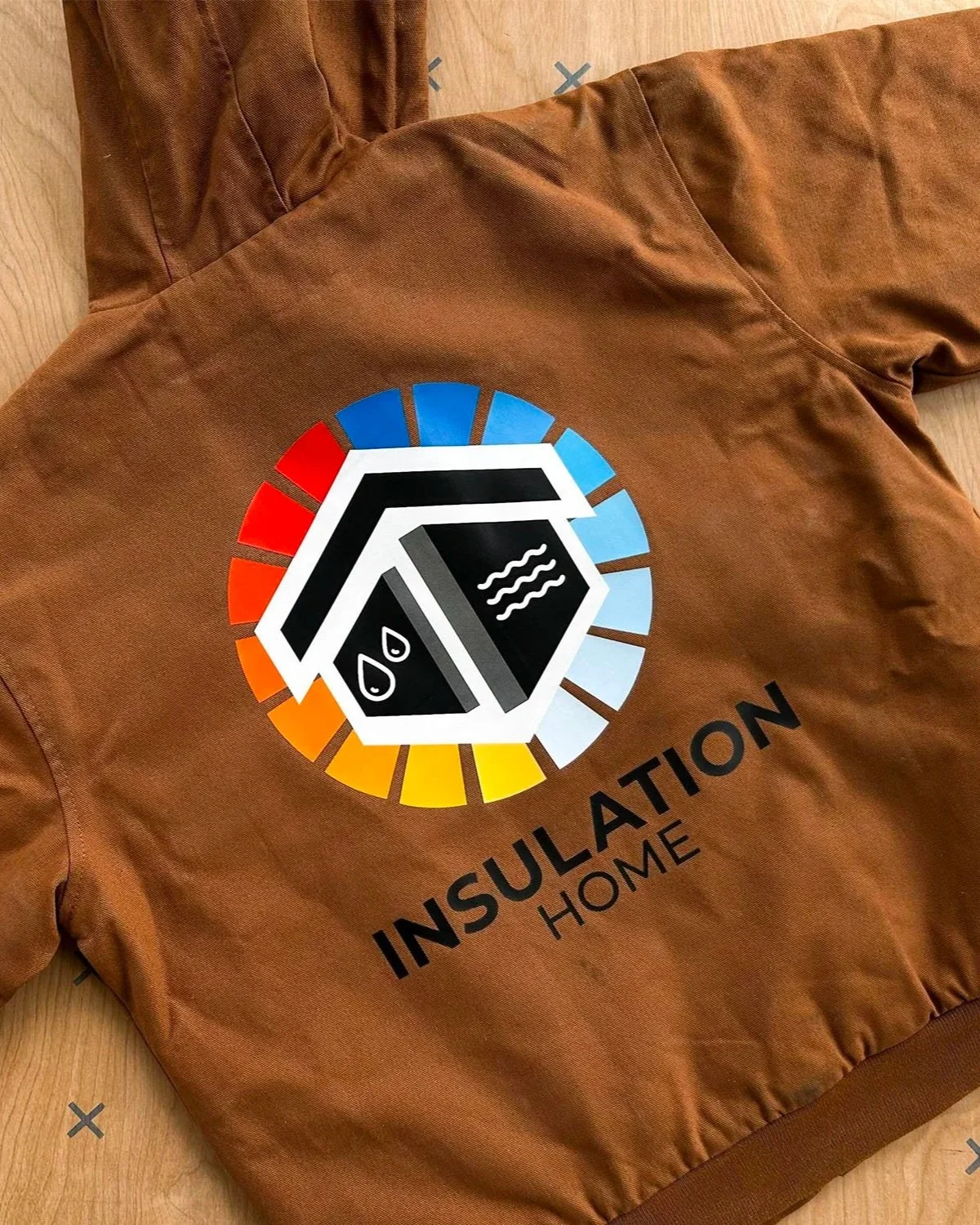
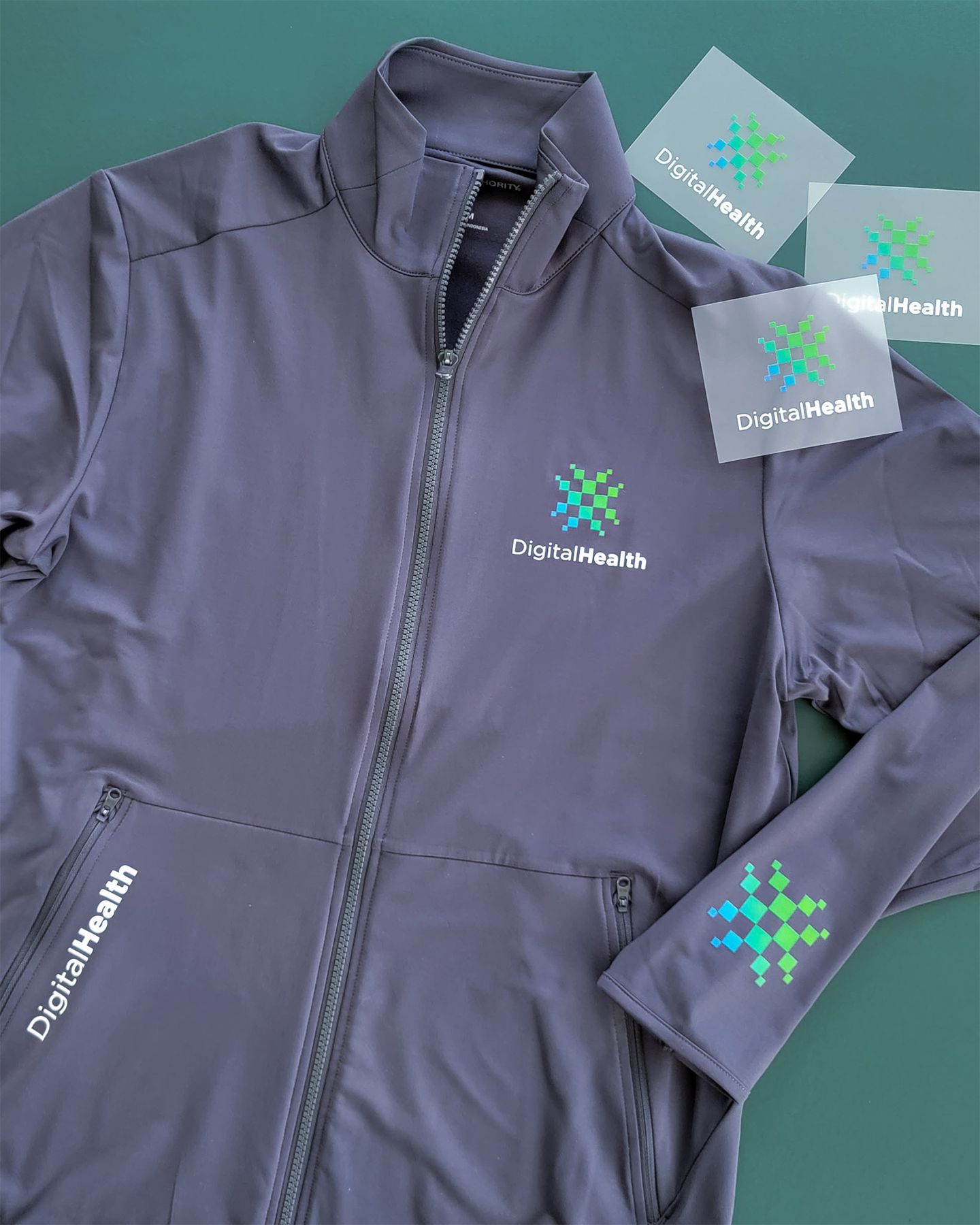
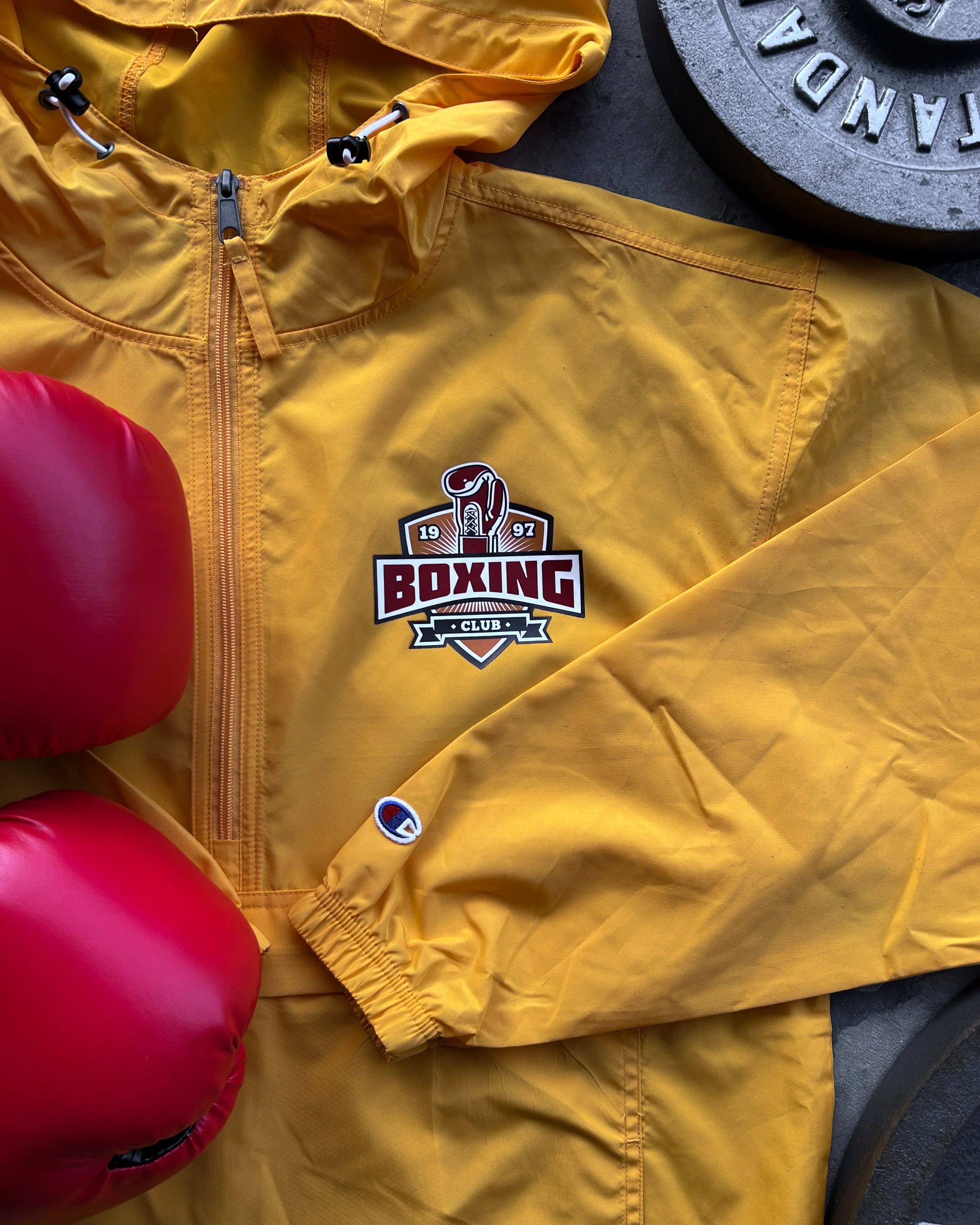
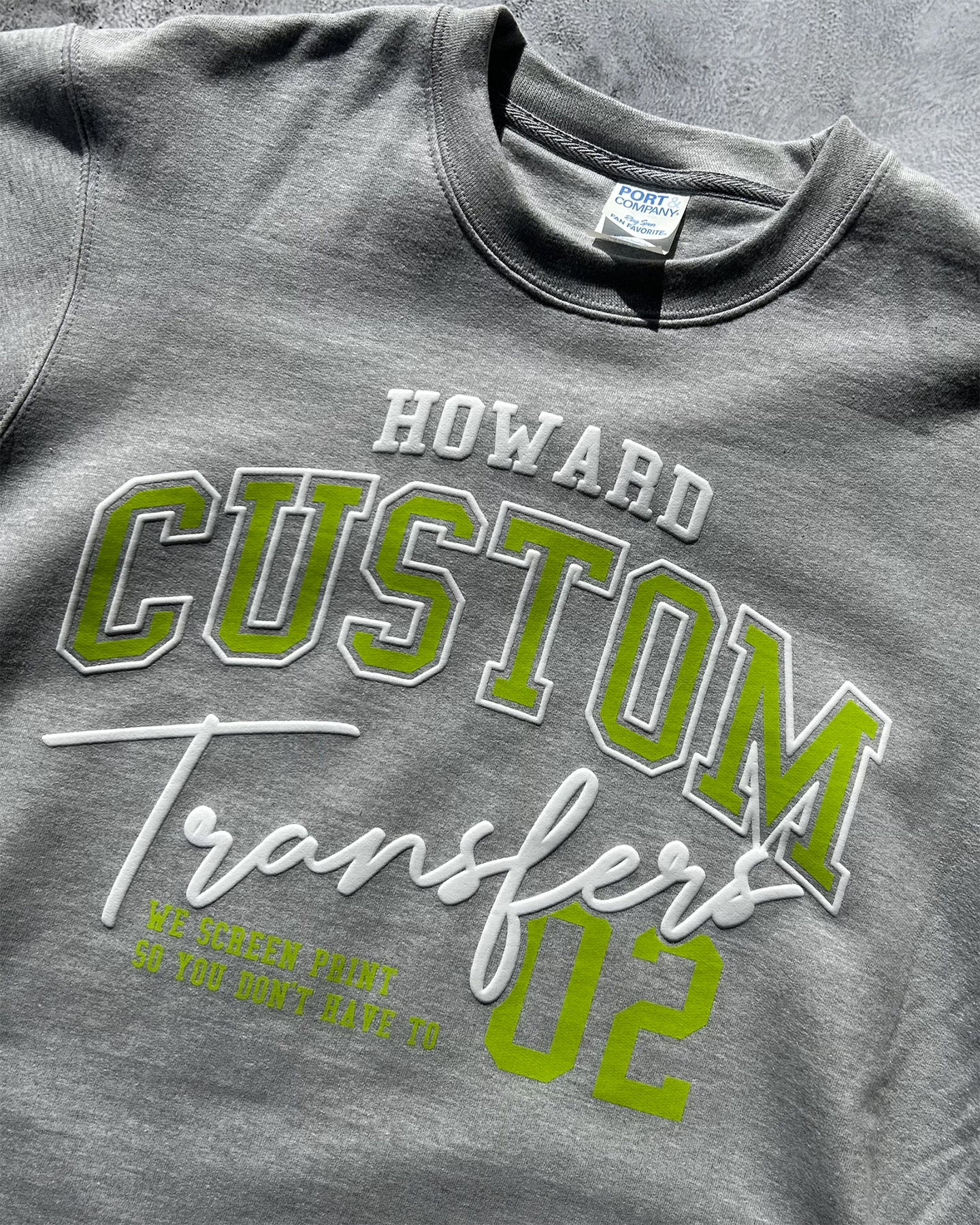
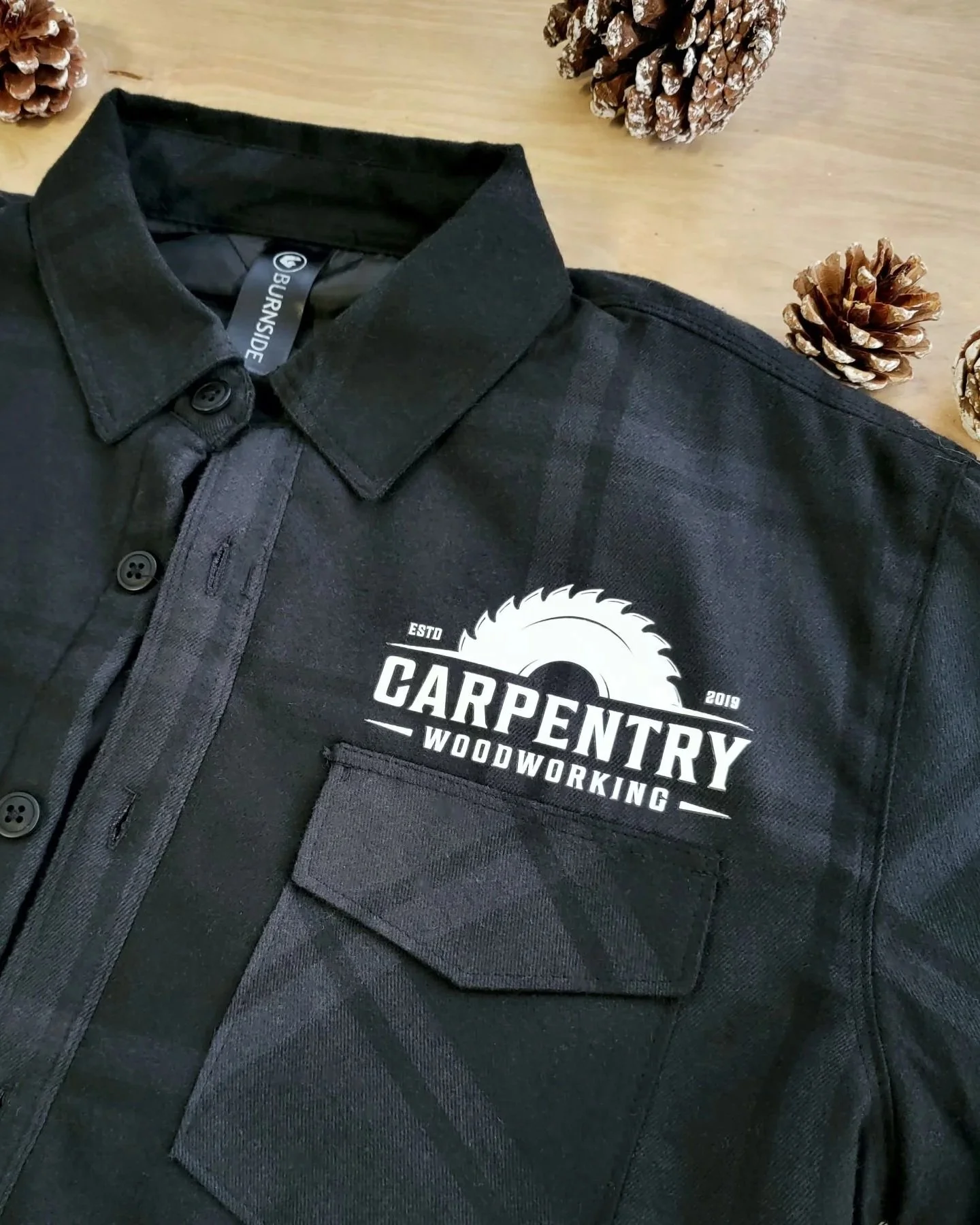
Cold Weather Non-Wearbles & Accessories
Insulated Tote Bags
➤ Recommended Transfer: colorVIBE DTF or colorVIBE Hybrid for high-volume runs
💡 Most insulated totes and cooler bags use denier polyester with a textured weave. Digital and digital hybrid transfers can sink into the fabric texture for stronger adhesion, while plastisol works best on smoother fabrics. The bigger challenge is the insulation which can cause uneven pressure and even scorching, so use a pressing pillow or smaller platen to isolate flat areas and avoid crushing seams or insulation pockets.
Backpacks & Duffels
➤ Recommended Transfer: colorVIBE DTF or colorVIBE Hybrid for high-volume runs
💡 Like insulated totes, most backpacks and duffels are made from durable denier polyester. Both colorVIBE DTF and colorVIBE Hybrid can conform into the nooks and crannies of the fabric for stronger adhesion and sharper detail. For best results, isolate flat print zones with an interchangeable platen and avoid pressing directly over thick seams.
Fleece Blankets
➤ Recommended Transfer: Howard Multi-Purpose
💡 Just like fleece jackets, the textured surface of blankets benefits from high-opacity transfers that sit on top of the fibers. Corner branding works best for functionality and visibility, since it avoids the bulky center area and gives the logo a clean placement. Always use a cover sheet during application to prevent fibers from flattening.
Umbrellas
➤ Recommended Transfer: colorVIBE DTF or colorVIBE Hybrid for high-volume runs
💡 Most umbrellas are made from nylon or polyester blends, often treated with a waterproof coating. While that coating helps repel rain, it can also interfere with transfer adhesion. Always test a sample panel before production, and adjust temperature and pressure to find the sweet spot where the transfer bonds without damaging the fabric. Apply one panel at a time for the cleanest results.
Stadium Seat Cushions
➤ Recommended Transfer: colorVIBE DTF or Vinyl Names/Numbers for player-specific customization
💡 Seat cushions are typically made from vinyl or coated polyester, which requires firm pressure for proper adhesion. Keep designs centered for maximum visibility and test press settings to ensure the transfer bonds without distorting the cushion shape. Vinyl names and numbers are a great add-on for team or fan-specific personalization.
Neoprene Can Coolers
➤ Recommended Transfer: Howard Multi-Purpose or colorVIBE DTF
💡 Koozies are typically neoprene or foam, which can trap moisture. Always pre-press lightly to remove moisture and create a flat surface. Use lower temp application (310°F for 15-18 seconds) for best results, and keep designs small to fit the curvature. colorVIBE DTF is another standout option for customizing can coolers at low-volume needs.
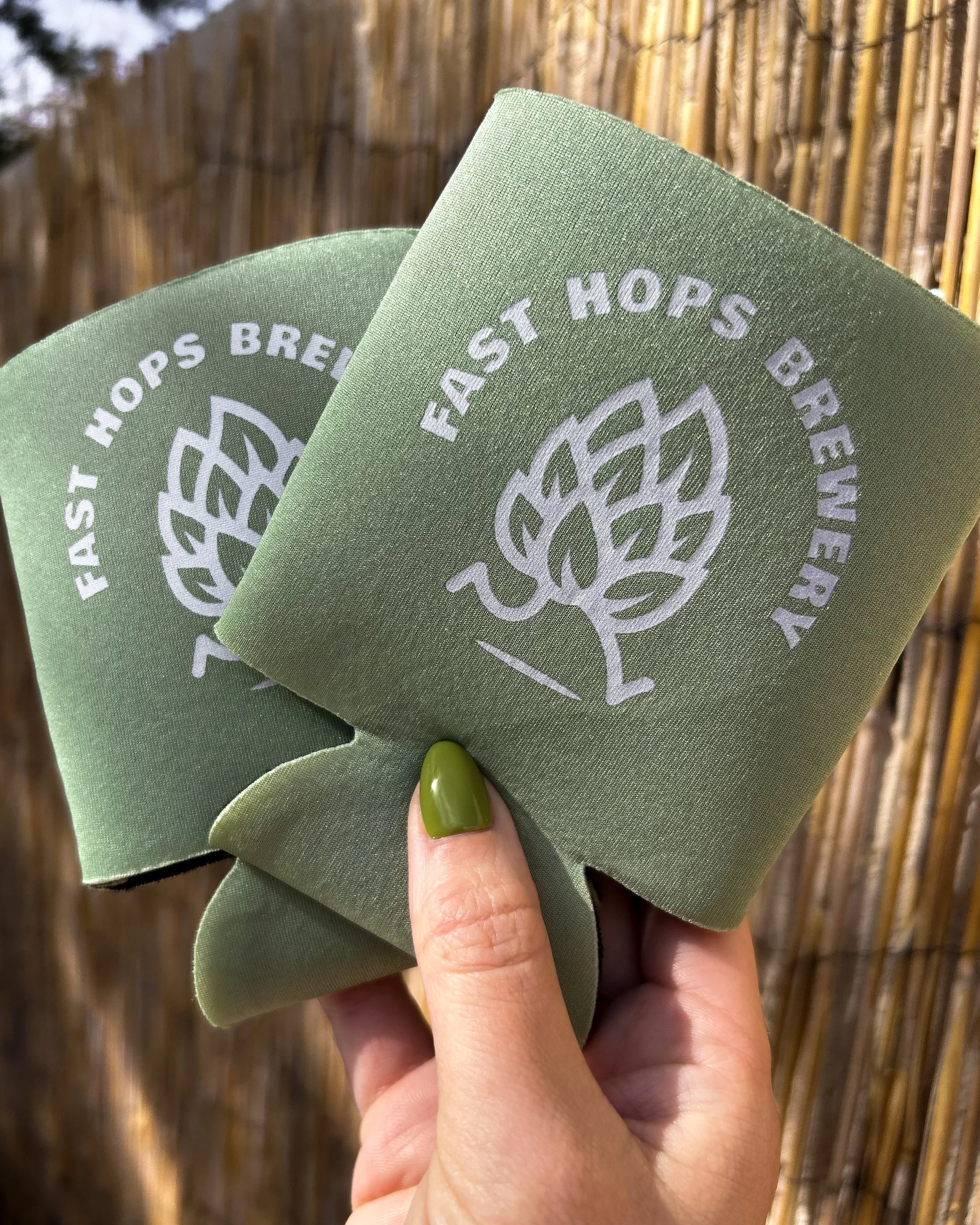
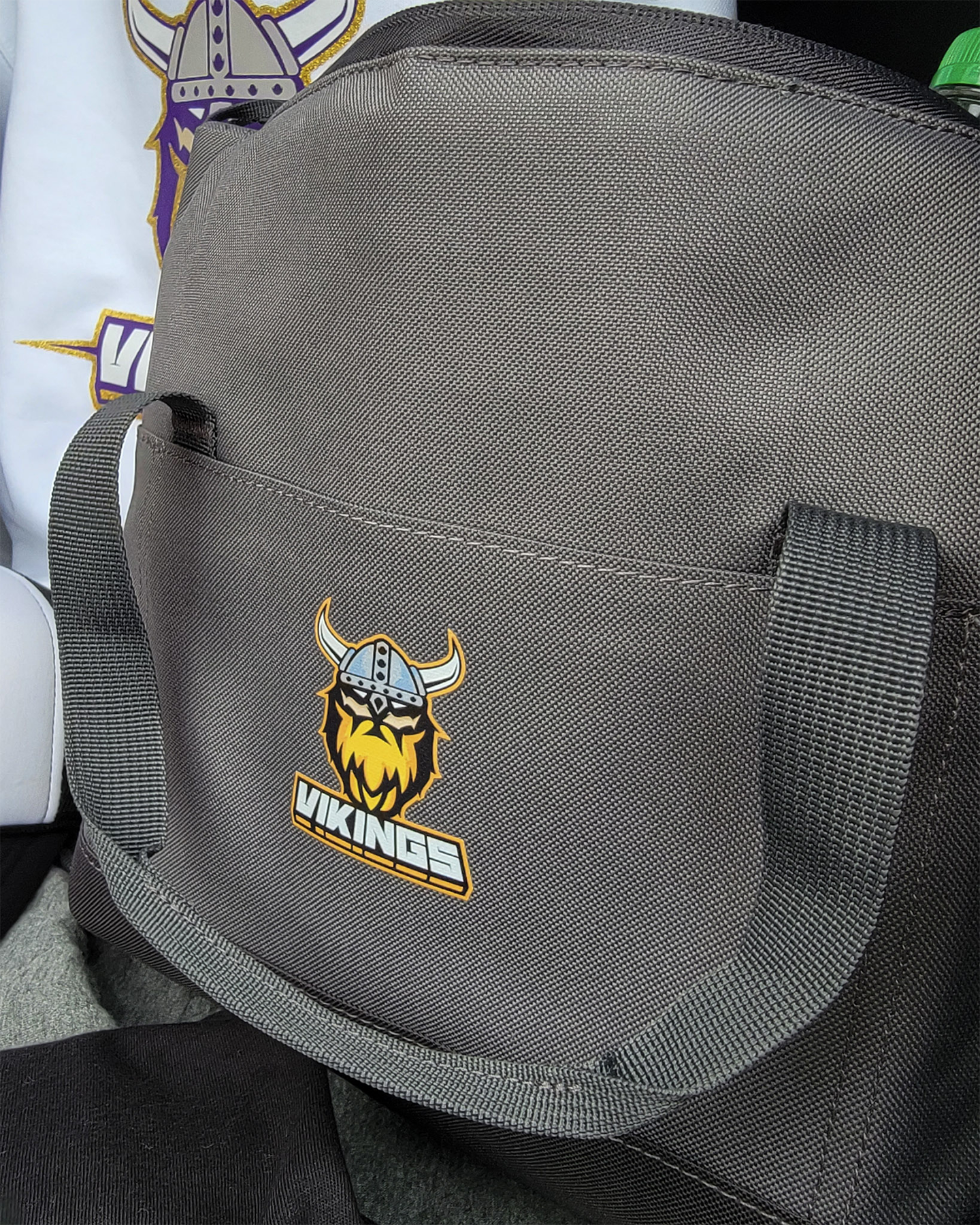
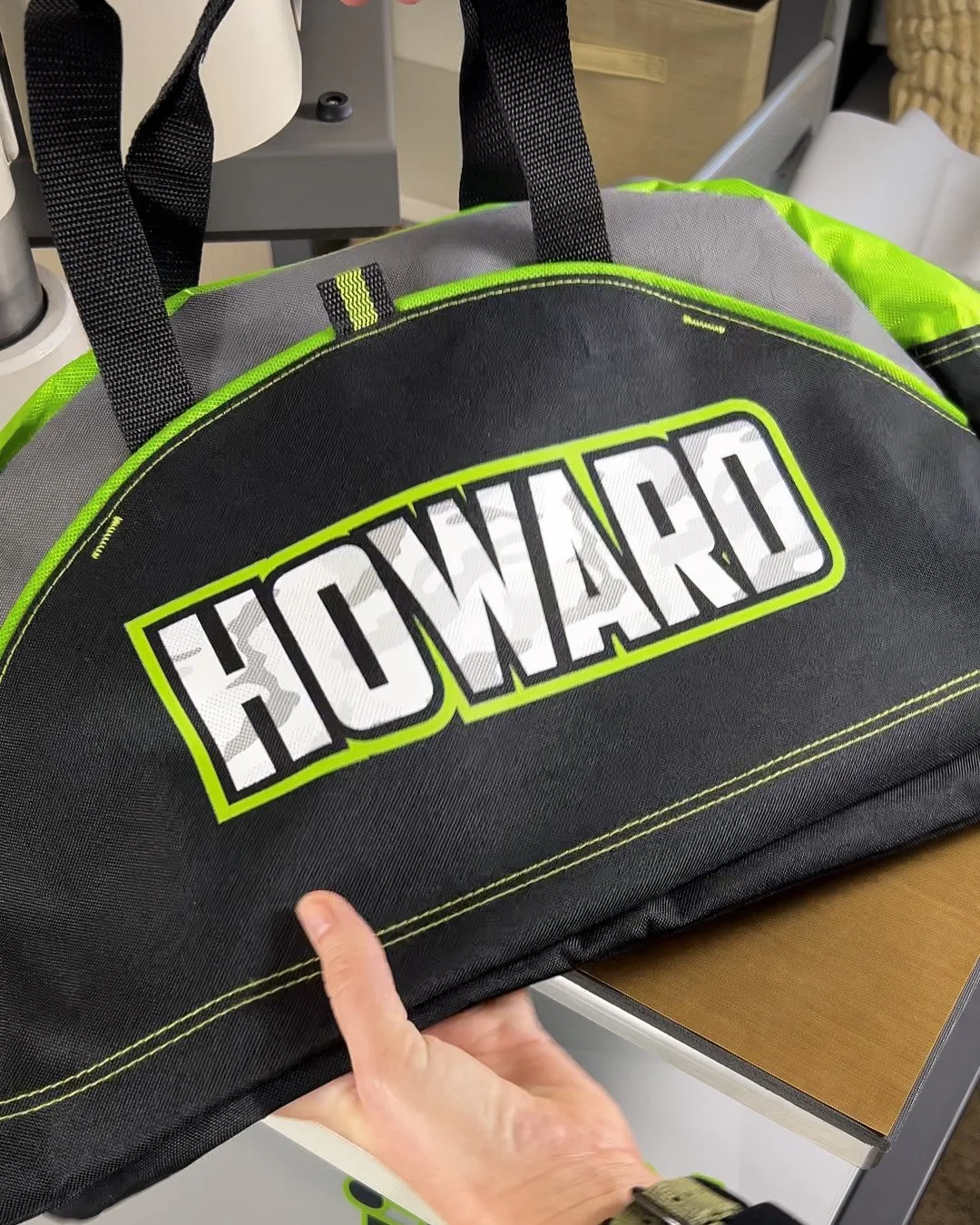
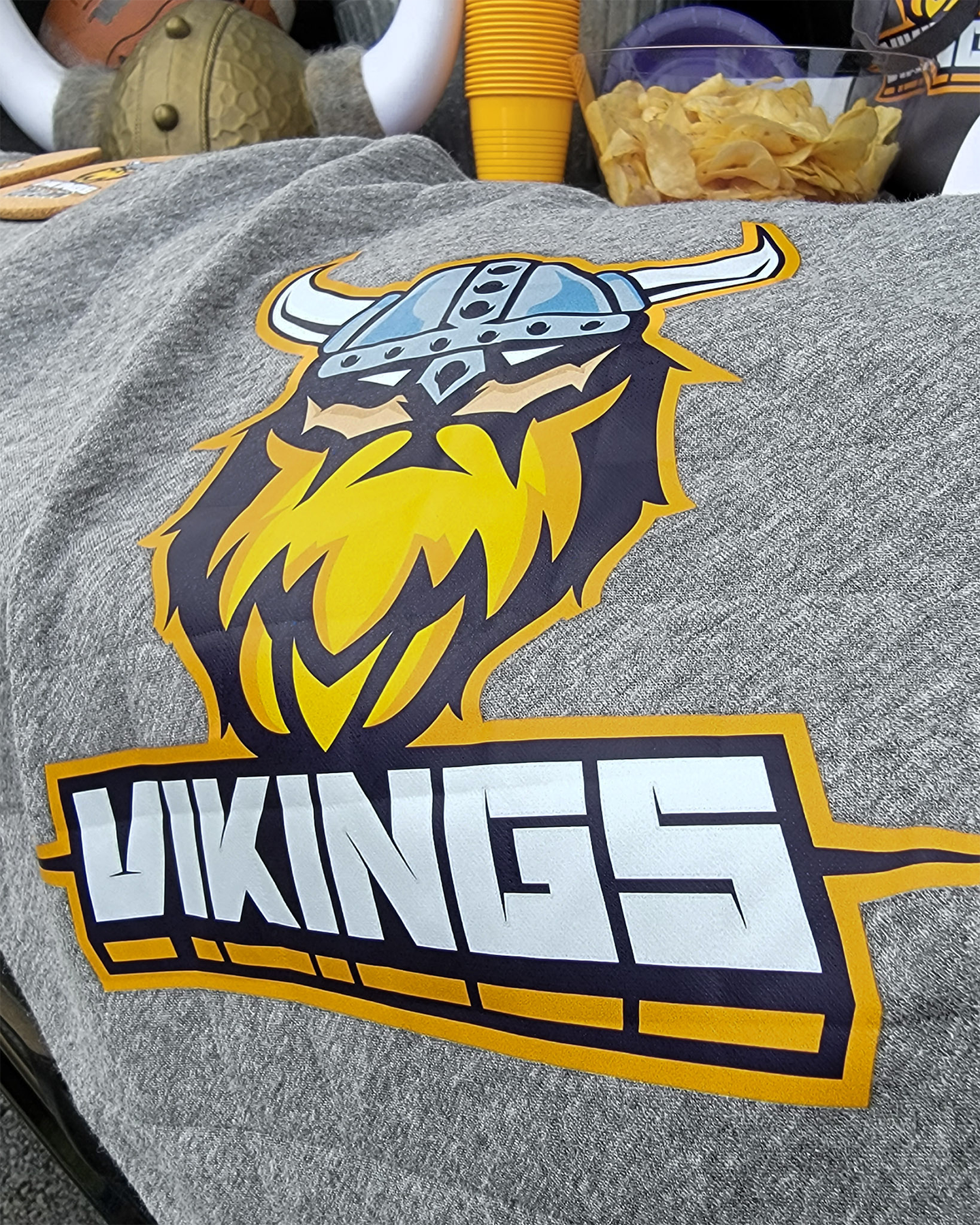
| Garment/Accessory | Recommended Transfer | Pro Tip |
|---|---|---|
| Insulated Jackets / Puffer Jackets | colorVIBE Hybrid or colorVIBE DTF | Nylon shells often have water-resistant coatings; digital or hybrid transfers bond better at low temps. Use a pillow to even out seams. |
| Softshell Jackets | colorVIBE Hybrid w/ Dye-Block | Poly/spandex blends often migrate; Hybrid with dye-block prevents bleed. |
| Fleece Jackets & Vests | Howard Multi-Purpose | Plastisol transfers embed into fibers for a natural look without flattening pile. Use a cover sheet to protect texture. |
| Hoodies (Pullover & Zip-Up) | Howard Multi-Purpose or Puff | Plastisol mimics the soft hand of hoodies. Finish looks embedded, not bulky. Use a pillow for zippers. Puff for a trendy, raised look. |
| Crewneck Sweatshirts | Howard Multi-Purpose | Crewnecks need retail-quality finishes. Howard MP avoids the stiff "sticker" effect, blending seamlessly with heavyweight fleece. |
| Windbreakers | colorVIBE DTF or colorVIBE Hybrid | Waterproof coatings interfere with adhesion. Always test press at lower temps, use a silicone cover sheet, and confirm adhesion. |
| Performance Layers | colorVIBE Hybrid w/ Dye-Block or Ultra Stretch | Sublimated fabrics risk dye migration; use dye-block. High stretch fabrics need Ultra Stretch to flex and recover without cracking. |
| Insulated Tote Bags | colorVIBE DTF or colorVIBE Hybrid | Denier polyester + insulation = uneven pressure. Use digital transfers for textured weave, pillows to avoid crushing seams. |
| Backpacks & Duffels | colorVIBE DTF or colorVIBE Hybrid | Denier polyester has a textured weave. Digital transfers conform into fabric crannies; isolate flat panels with platens. |
| Fleece Blankets | Howard Multi-Purpose | Textured surface benefits from high-opacity transfers. Corner branding is best for function and visibility. Use a cover sheet. |
| Umbrellas | colorVIBE DTF or colorVIBE Hybrid | Nylon/poly blends that are waterproofed. Always test first, adjust temp/pressure for adhesion, and press one panel at a time. |
| Stadium Seat Cushions | colorVIBE DTF or Vinyl Names/Numbers | Vinyl/poly requires firm pressure. Center logos for best visibility. Vinyl names/numbers add personalization. |
| Neoprene Can Coolers | Howard Multi-Purpose or colorVIBE DTF | Neoprene traps moisture; pre-press to remove. Use lower temps and small designs. colorVIBE DTF is another great option. |
download
⇧
download ⇧
Get It Right: Work With Your Sales Rep and Test First
Cold weather apparel and accessories come in many shapes, fabrics, and finishes, and even experienced decorators can hit surprises with coatings or heat-sensitive materials. Your sales rep is your best resource. They can:
➤ Recommend the right heat transfer for your garment.
➤ Suggest placement ideas based on fabric and garment style.
➤ Provide guidance on press settings for the best adhesion.
Here’s a tip that saves time and ensures flawless results: ask for a few sample heat transfers for test printing. Testing a small sample ensures that your product works perfectly on your garment before committing to a full run.
